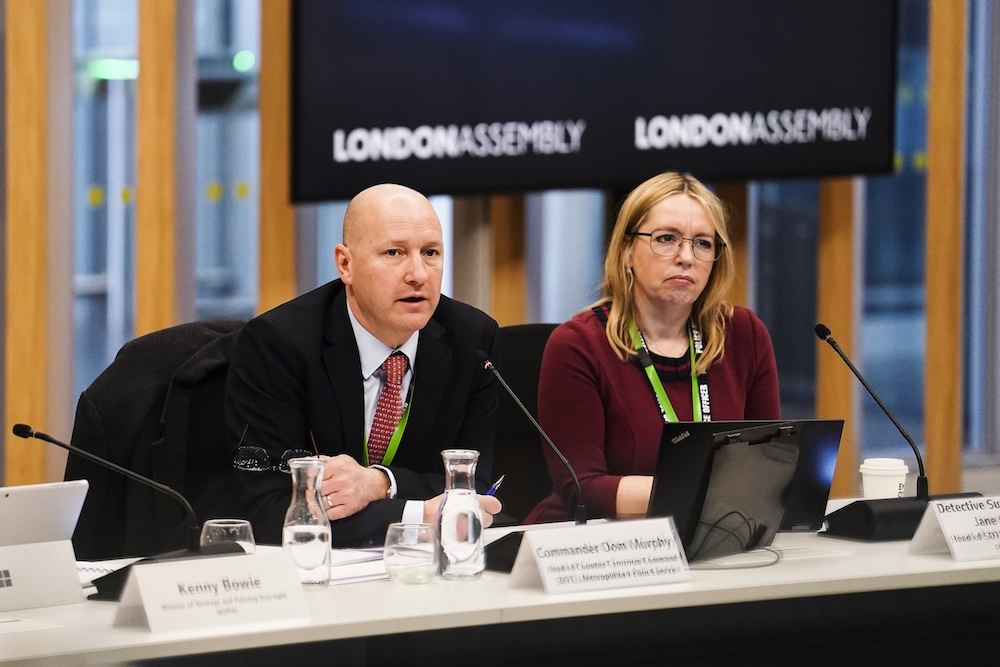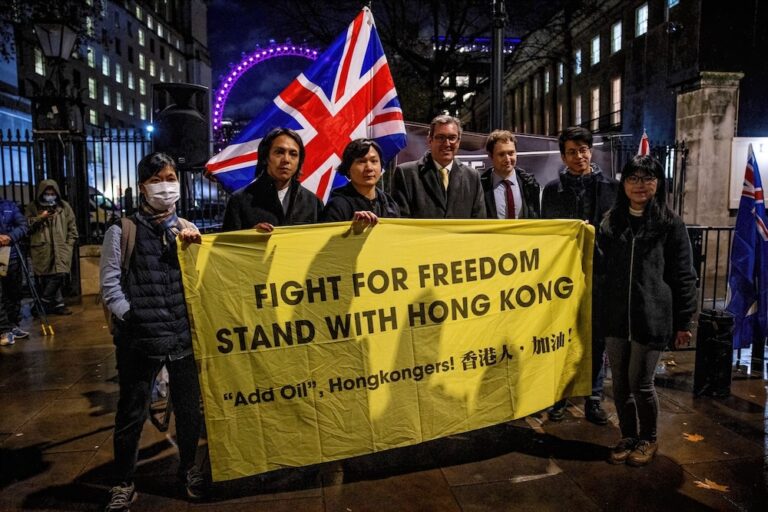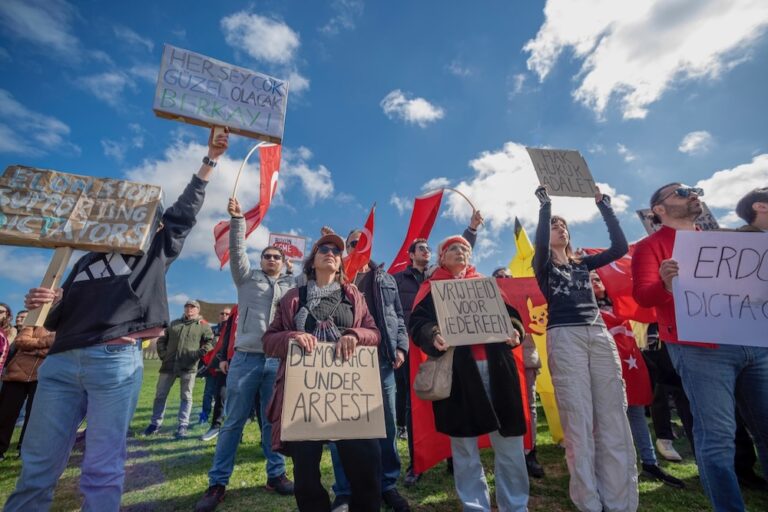CRIN provides a simple guide to the UK's controversial anti-'radicalisation' programme, explaining how it infringes upon the rights to freedom of expression, privacy, religion and assembly, and to non-discrimination.
This statement was originally published on home.crin.org on 27 March 2025.
CRIN has written an easy FAQ to introduce the Prevent programme and explain its current concerns. What are the problems with Prevent and how does it impact on children’s rights? More importantly, does Prevent even work?
1. What is Prevent?
Prevent is a UK government programme focused on preventing terrorism. The government describes Prevent as:
[A] national programme that aims to stop people from becoming terrorists or supporting terrorism. It works to ensure that people who are susceptible to radicalisation are offered appropriate interventions, and communities are protected against radicalising influences.1
The government says that anyone who is being ‘radicalised’ can be referred to Prevent. This can be done by any person but certain people, including teachers, have a ‘duty’ to report individuals they are concerned about.
When an individual is referred to Prevent, a local police force will assess if there is a threat and if there is a risk of radicalisation. If the person is not deemed to be at risk of radicalisation, they are not a case for Prevent but may be referred to other services.
If the police believe there is a risk of radicalisation, the referral will be assessed by a panel of experts (which may include social services and education professionals). This panel may then invite the individual to join a programme called Channel, which provides different kinds of support including mentoring, counselling and education programmes.
2. Why is CRIN working on Prevent?
CRIN has serious concerns about the use of the Prevent programme on children. In 2023/24, 3,918 children were referred (including 297 children under the age of 10).
Our research shows that the programme infringes upon several rights including the right to non-discrimination, the right to privacy, and the right to freedom of expression, religion and assembly.
The Prevent programme is centred on security – not safeguarding – with children’s welfare and best interests not being a primary consideration in the policy, as is required in law.
Finally, Prevent conflicts with the functions of public services, undermining children’s access to their services (including safeguarding itself).
3. What are the problems with Prevent and how does it impact on children’s rights?
CRIN has deep concerns about Prevent’s impact upon children’s rights and believes that it is failing children. Prevent infringes on children’s fundamental rights, undermines their access to services and – contrary to its careful branding as ‘safeguarding’ – subordinates their welfare to national security priorities.
The subversion of children’s safeguarding mechanisms in favour of counter-terrorism policing and intelligence gathering has also been counterproductive on its own terms, by undermining meaningful attempts to stop children from being groomed and recruited by non-state armed groups and by creating mistrust.
4. Does Prevent work?
The effectiveness of Prevent is highly contentious and successive governments have resisted publishing comprehensive evidence assessing its impact.
While the programme may have prevented some individuals from participating in terrorism, it has also failed in several instances, with the most serious consequences. The killer of Sir David Amess MP, one of the London Bridge attackers and the perpetrator of the Southport attack on a Taylor Swift dance class were all, at different times, referred to Prevent before they carried out attacks.
On top of this, Prevent infringes upon children’s rights and has created mistrust between some communities and a range of public services. This undermines its effectiveness and has a negative impact on children who encounter the programme.
The lack of transparency from the Home Office makes it difficult to fully assess the programme’s effectiveness.
5. What does CRIN think should happen to Prevent?
CRIN wants the UK government to take the following steps:
- Repeal the Prevent duty.
- Ensure social, education and health services are funded sufficiently so that they can provide appropriate safeguarding of children at risk.
- This should include all children being supported through education to develop political literacy, critical thinking skills and awareness of how to stay safe online, ensuring those who require additional specialist education or health support receive it promptly.
- Address structural conditions which leave children vulnerable to recruitment by non-state armed groups.
- Adopt clear, uniform and transparent data processing policies regarding the prevention of child recruitment and use.
- Ensure that these policies comply with human rights law – in particular the right to privacy – with data protection law and common law duties.
- Ensure that the Online Safety Act is implemented in a manner which protects children from extreme violence and recruitment by non-state armed groups, and respects their rights.
6. How is terrorism defined and how are children involved in it?
- In this Act “terrorism” means the use or threat of action where—
- the action falls within subsection (2),
- the use or threat is designed to influence the government [or an international governmental organisation] or to intimidate the public or a section of the public, and
- the use or threat is made for the purpose of advancing a political, religious [racial] or ideological cause.
- Action falls within this subsection if it—
- involves serious violence against a person,
- involves serious damage to property,
- endangers a person’s life, other than that of the person committing the action,
- creates a serious risk to the health or safety of the public or a section of the public, or
- is designed seriously to interfere with or seriously to disrupt an electronic system.2
The Supreme Court has described this definition as ‘very far-reaching indeed’.3The UK’s former Independent Reviewer of Terrorism Legislation, Lord Anderson (recently appointed as the Independent Prevent Commissioner), has acknowledged that the breadth of the definition gives wide discretion to government, prosecutors and police, and could have a chilling effect on freedom of expression. He also recognised that in the UK there was a ‘potentially discriminatory’ tendency to ‘categorise Islamist-inspired violence as terrorism more readily’ than violence by other groups.4
Accordingly, CRIN uses the term ‘atrocities by non-state armed groups’ (atrocities) to discuss the acts of violence that have proliferated since 2001, while recognising that other actors, including States, may also commit atrocities. We use the term ‘children accused of/convicted of terrorism offences’ (accused/convicted children) to refer to the impact of specific counter-terrorism measures on children in the UK.
Children are all too often victims of these atrocities and occasionally perpetrators of them. The government must focus on safeguarding children from recruitment by non-state actors. In doing so, they can prevent children from being recruited and reduce the risk of them being victims.
7. The Prevent programme talks a lot about radicalisation and extremism. What is meant by that?
The UK defines extremism as:
[V]ocal or active opposition to fundamental British values, including democracy, the rule of law, individual liberty and mutual respect and tolerance of different faiths and beliefs [as well as] calls for the death of members of our armed forces.5
Reliance on the subjective notion of ‘fundamental British values’ renders the definition ambiguous. It opens the door for a wide range of views to be labelled as ‘extremist’, with concerning implications for freedom of expression
In practice, the label ‘extremist’ is applied selectively. Many prominent public figures in the UK could be accused of exhibiting opposition to ‘mutual respect and tolerance of different faiths and beliefs’ but are not accused of ‘extremism’ or flagged as a potential threat to public safety.



